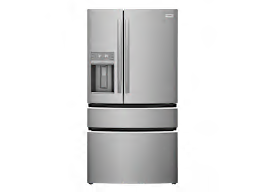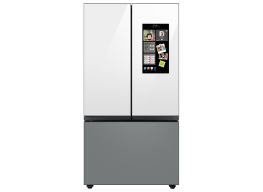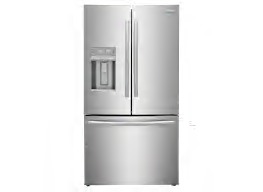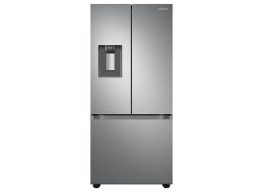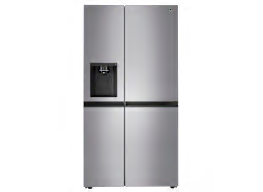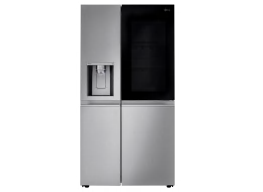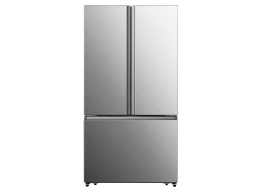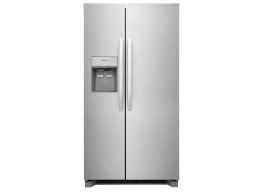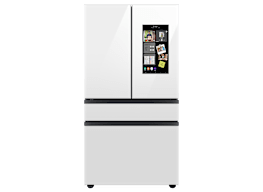How to Fix Your Refrigerator's Temperature Settings
Why does the fridge temperature still feel warm at 37° F?
According to the Department of Agriculture, bacteria growth in food accelerates at around 40° F, “so keeping your fridge temperature set to 37° F—and your freezer to 0° F—is a good idea,” says Larry Ciufo, who oversees refrigerator testing at CR. To rate refrigerators at Consumer Reports, we wire refrigerator models with temperature sensors and monitor them for more than a month—in a temperature-controlled chamber—to evaluate each refrigerator’s thermostat control and ensure its temperature uniformity.


















